Required Reading
We've compiled a short list of books for comms directors and tech directors to read together.

Required Reading
Books for Comms Directors & Tech Directors to Read Together

To say the education landscape is shifting would be an understatement: Technology is developing at an alarming rate, and the way we talk about public education is more important than ever before. If districts want to keep up with modern innovation—and modern competition—communications directors and tech directors must find ways to work together.
Here, we’ve compiled a list of books that will not only get your comms and tech directors thinking about where their work might overlap, but also empower them to better strategize around their shared goals.
The Great Equalizer by Dr. Mark D. Benigni, Barbara A. Haeffner & Lois B. Lehman
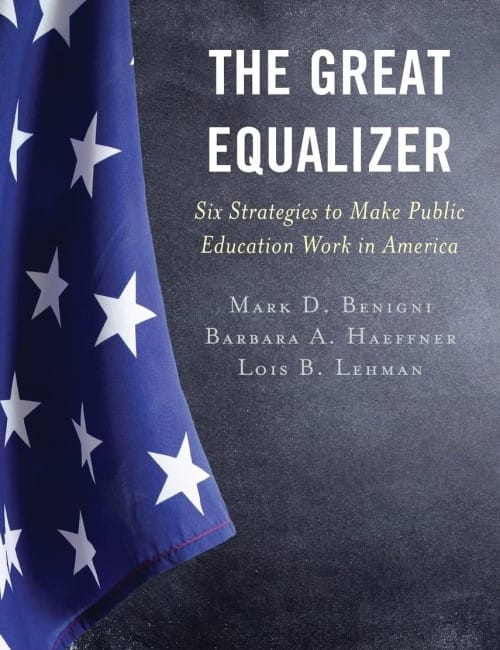
From the publisher: “The Great Equalizer: Six Strategies to Make Public Education Work in America delves into the bleak reality of leading a district with a school poised for state takeover and a district with growing inequalities and increasing student needs. Learn how collaboration allowed that same district to become a 1:1 school system when K-12 schools were still dealing with technology roadblocks. … By implementing six strategies for success, public education can be innovative and make a difference for all students. Together we can ensure that America’s public education system remains the great equalizer.”
Why you should read it: Dr. Mark Benigni is the superintendent of Meriden Public Schools in Connecticut. Barbara Haeffner is the district’s assistant superintendent of teaching and learning, and Lois Lehman is the district’s part-time grant writer. In this book co-published by AASA, the authors dive into strategies for setting students up for success despite funding barriers. “Collaboration is the cornerstone of our work and a key lever in our district improvement efforts,” Benigni tells SchoolCEO. Whether you’re a communications director intent on building partnerships or a tech director trying to keep up with an ever-changing landscape, collaboration could be the key. This book will not only give you tips for working as a team—it will reignite your fire for education and remind you why this work matters.
The Anxious Generation by Jonathan Haidt
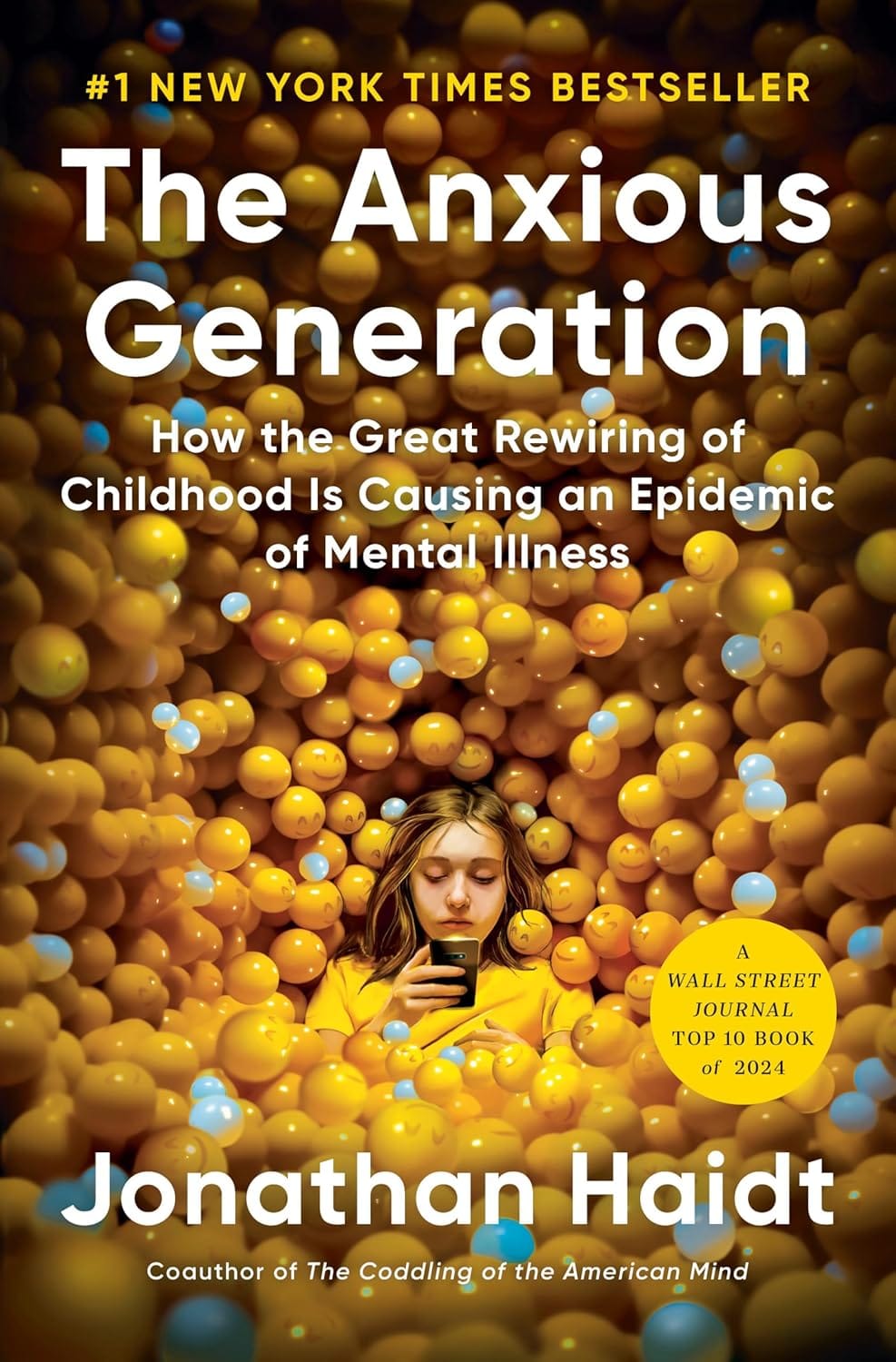
From the publisher: “In The Anxious Generation, social psychologist Jonathan Haidt lays out the facts about the epidemic of teen mental illness that hit many countries at the same time. … Haidt shows how the ‘play-based childhood’ began to decline in the 1980s, and how it was finally wiped out by the arrival of the ‘phone-based childhood’ in the early 2010s. He presents more than a dozen mechanisms by which this ‘great rewiring of childhood’ has interfered with children’s social and neurological development, covering everything from sleep deprivation to attention fragmentation, addiction, loneliness, social contagion, social comparison, and perfectionism. He explains why social media damages girls more than boys and why boys have been withdrawing from the real world into the virtual world, with disastrous consequences for themselves, their families, and their societies.”
Why you should read it: As the past board co-president of ISTE+ASCD (the International Society for Technology in Education and the Association for Supervision and Curriculum Development), Superintendent Dr. Matthew Mingle from Warren Township Public Schools in New Jersey was the perfect person to ask for a book recommendation. “It’s a little cliché to talk about The Anxious Generation since everybody’s talking about it,” he says, “but I do think it’s an important book. We have to support kids in finding a way to positively use technology while not assuming that all technology is bad.” So as your team works to develop technology policies—and then communicate those policies in ways that build stakeholder trust—consider giving this book a read.
This is Strategy by Seth Godin
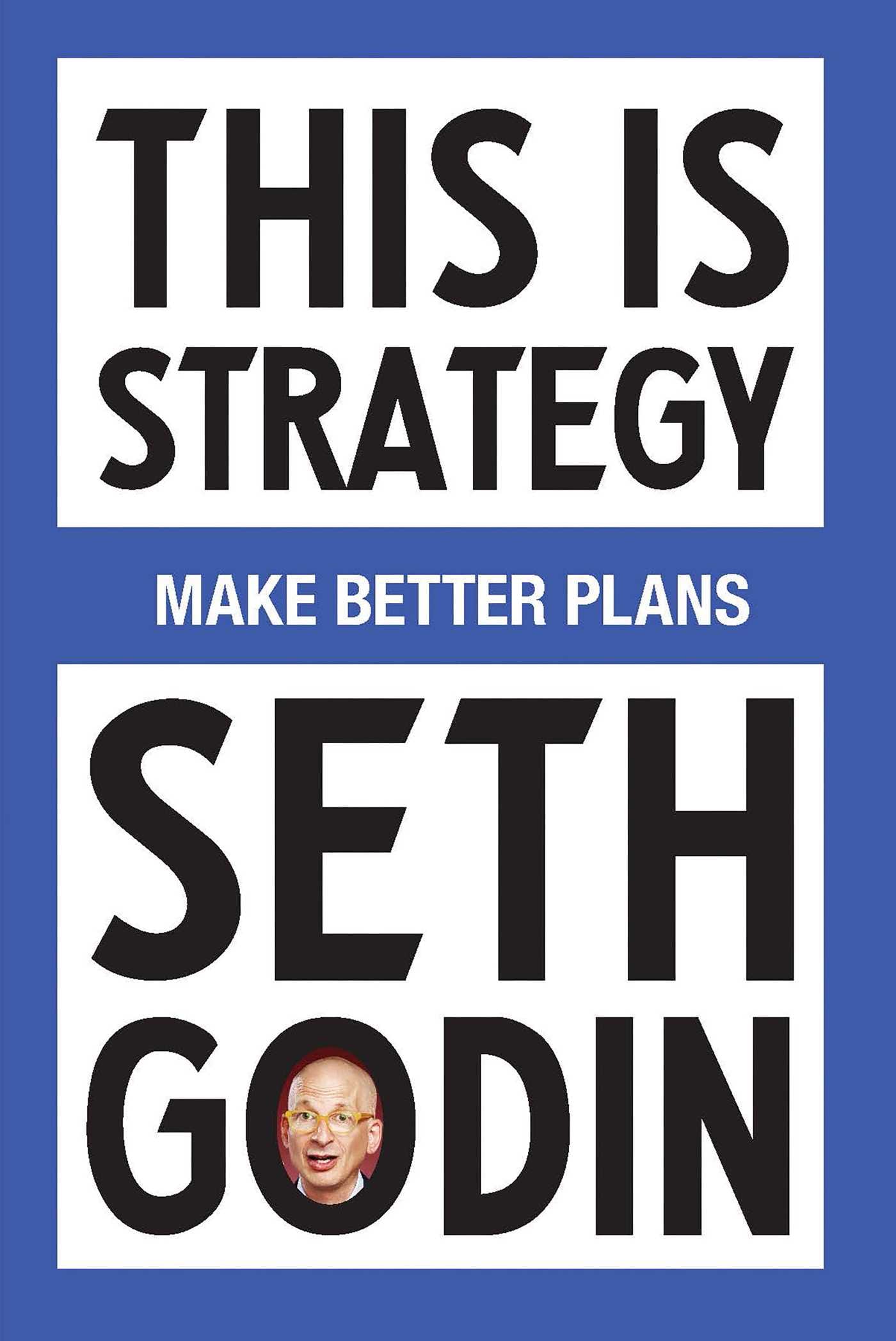
From the publisher: “In this unique and thought-provoking book, Godin shares insights on strategy through a series of powerful reflections and observations that will reshape how you approach problems, make decisions, and create change…This is Strategy is a modern classic that offers perspectives you'll find yourself returning to again and again. Rather than providing step-by-step formulas, Godin offers something more valuable: a new way of seeing and thinking about the challenges you face.”
Why you should read it: This book was recommended to us by Mary Helen Downey, community engagement coordinator for Rapides Parish Schools in Louisiana. According to her, This is Strategy is “quick, punchy, and thoughtful.” In recent years, technology innovation has developed at a seemingly exponential rate. At the same time, already underfunded districts are reckoning with the very real possibility of even more funding loss. How can school leaders hope to keep up as resources dwindle? How can your district compete? It’s more important than ever for comms and tech directors to unite their unique skill sets for the purpose of a common goal: student success. Strategy is more attainable when you aren’t working in a silo.
Big Potential by Shawn Achor
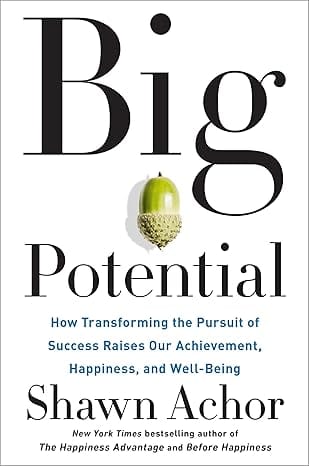
From the publisher: “In a world that thrives on competition and individual achievement, we’re measuring and pursuing potential incorrectly. Pursuing success in isolation—pushing others away as we push ourselves too hard—not only limits our potential but makes us more stressed and disconnected than ever…Harvard-trained researcher Shawn Achor reveals a better approach. With exciting new research combining neuroscience and psychology with Big Data, Achor shows that our potential is not limited by what we alone can achieve. Instead, it is determined by how we complement, contribute to, and benefit from the abilities and achievements of people around us.”
Why you should read it: Cindy Warner, public relations and community education supervisor for Shelby County Schools in Alabama, says it was actually Shawn Achor’s earlier book, The Happiness Advantage, that first got her thinking about the relationship between joy and success. What she loves about Big Potential is its collective approach to joy and success in the workplace. In other words, it asks readers to think about how they might complement and elevate those around them—because while individuals do bring varied and unique strengths to the table, it’s only when we operate as a team that we are able to reach our full potential.
Unreasonable Hospitality by Will Guidara
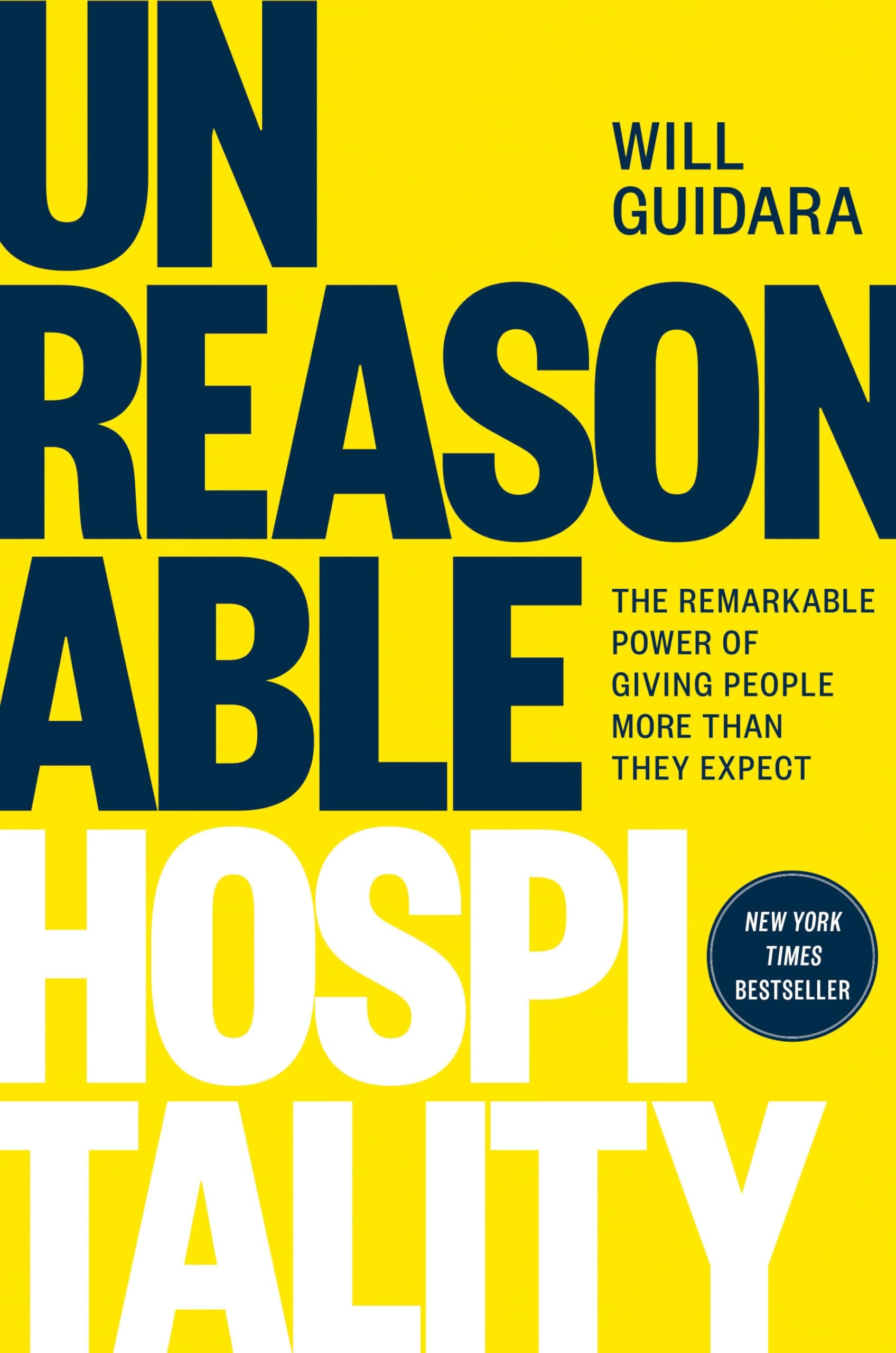
From the publisher: “Will Guidara was twenty-six when he took the helm of Eleven Madison Park, a struggling two-star brasserie that had never quite lived up to its majestic room. Eleven years later, EMP was named the best restaurant in the world. How did Guidara pull off this unprecedented transformation? Radical reinvention, a true partnership between the kitchen and the dining room—and memorable, over-the-top, bespoke hospitality…Today, every business can choose to be a hospitality business—and we can all transform ordinary transactions into extraordinary experiences.”
Why you should read it: Whether you’re thinking about how to improve user experience on the district’s website, streamline and simplify the various online tools used by staff, or even orchestrate an entire community engagement event, so much of what you do boils down to creating positive experiences. Just as a restaurant must operate as a hospitality business, so too must school districts—especially in today’s age of school choice. How can comms directors and tech directors work together to elevate the experiences of all stakeholders? That’s a conversation worth having, and this is a great book to get you talking.

